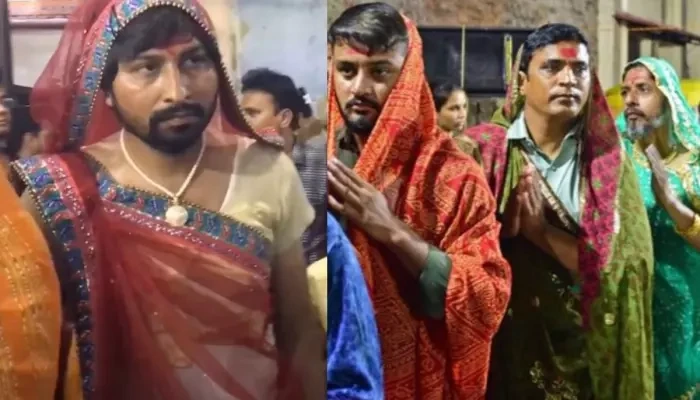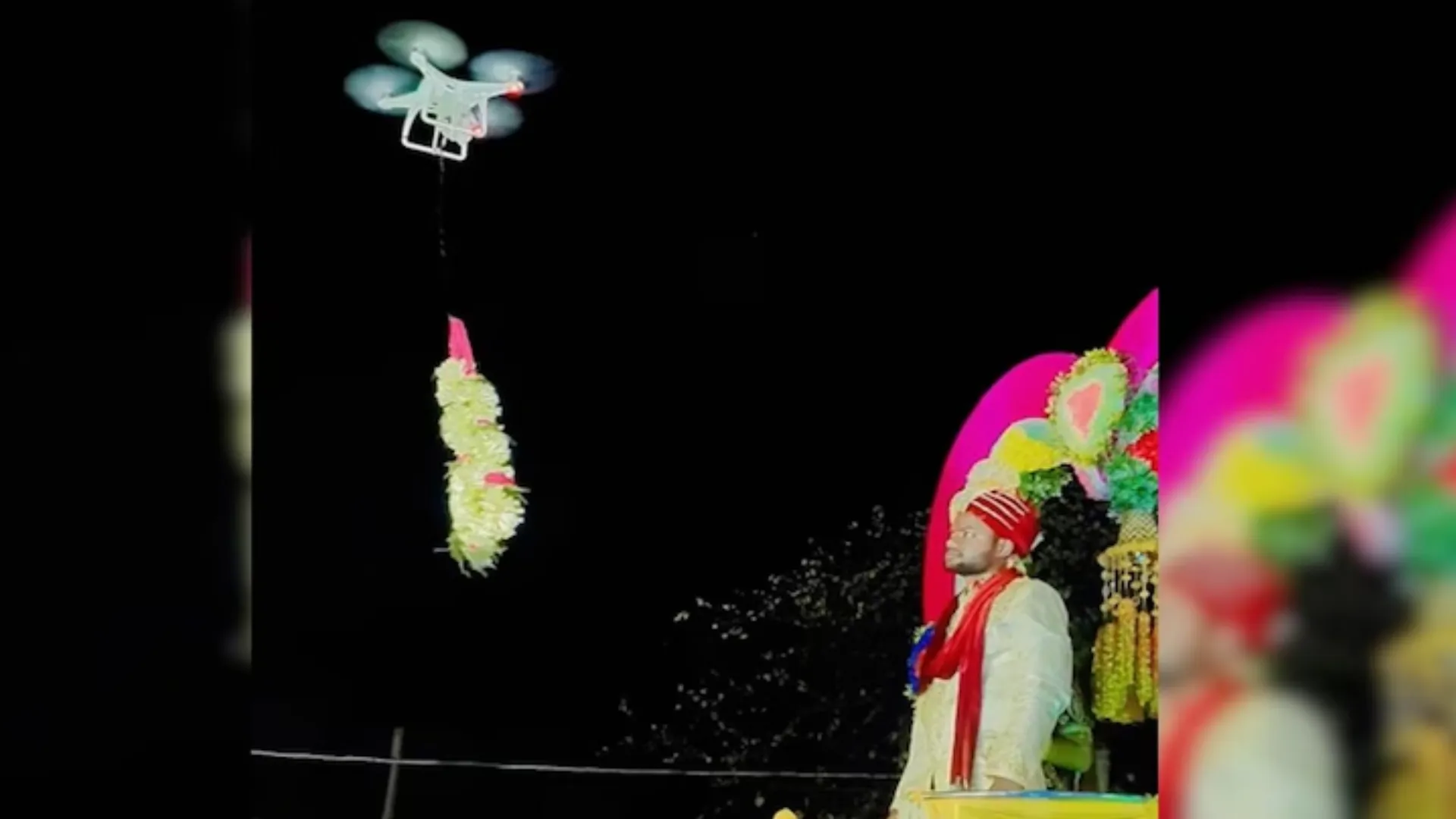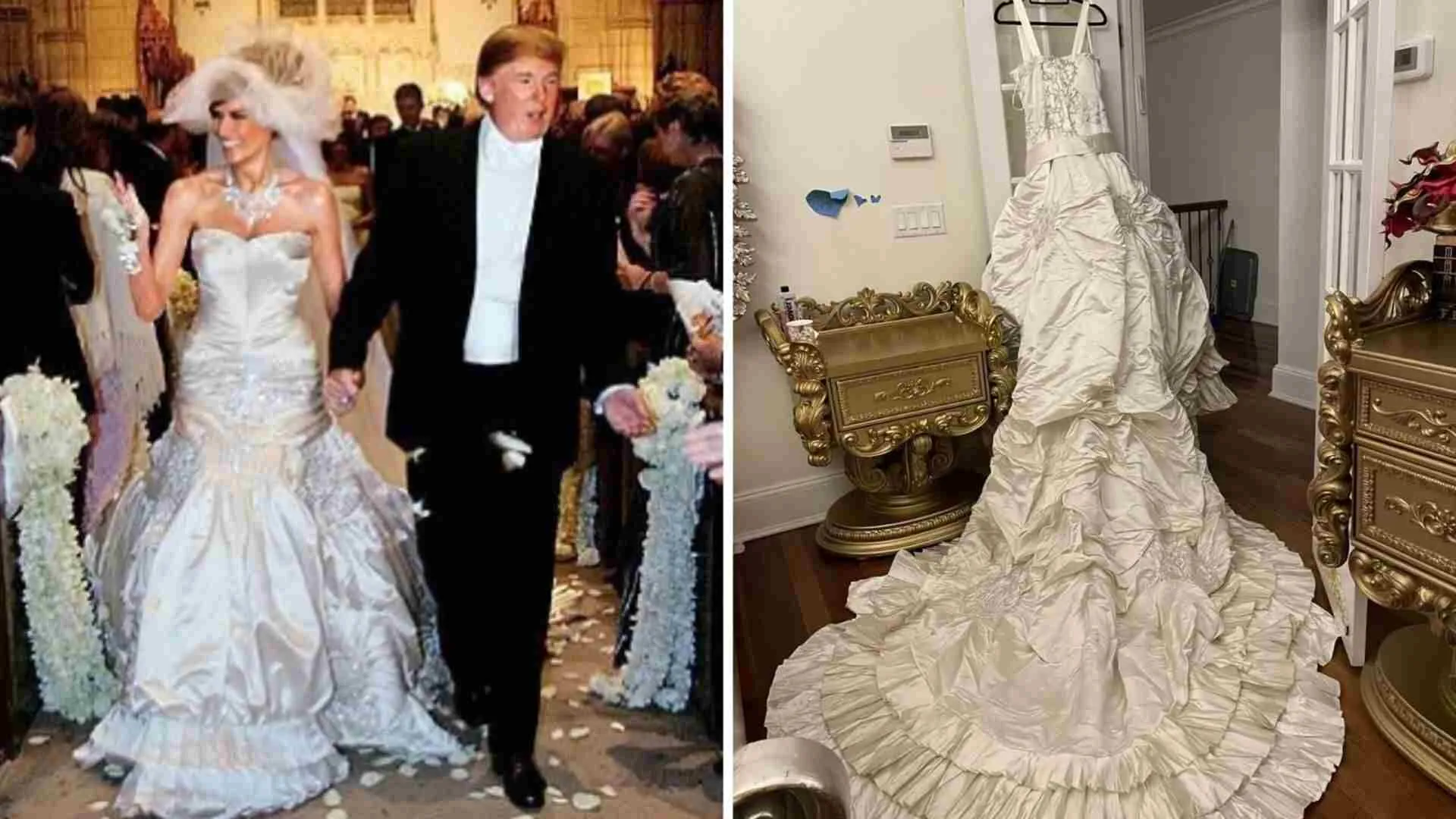During Navratri, the streets of Gujarat are filled with vibrant celebrations, Garba nights, and colorful costumes. However, in Ahmedabad’s Sadu Mata Ni Pol, something truly unique happens every year on the eighth night of Navratri. Men from the area, dressed in sarees, gather to perform Garba as part of a 200-year-old ritual tied to a tragic curse.
The Story Behind the Curse
The origins of this tradition date back two centuries, rooted in a painful story of betrayal and loss. According to locals, a woman named Saduben from the Barot community sought protection from the Mughals, who intended to take her as a concubine. Despite her desperate pleas, none of the men in her community stepped forward to help. Trapped and heartbroken, the Mughals killed her child, and Saduben chose to end her life by performing sati.
Before her death, Saduben cursed the men of the Barot community, declaring that their future generations would be branded as cowards. To honor and appease her spirit, the community built a temple and began the tradition of performing Garba in sarees. This annual ritual is both an atonement and a way to seek Saduben’s blessings.
Honoring Tradition with Grace
Each year, on the eighth day of Navratri, the men gather in front of Saduben’s temple, dressed in sarees, to perform the Sheri Garba, a folk dance passed down through generations. Unlike the glamorous Garba seen at large-scale events, this dance is simple and somber, reflecting the seriousness of the story behind it. The saree-clad men twirl to the rhythmic beats, embodying both the spirit of atonement and devotion
Tradition Beyond Atonement
Interestingly, the Barot community doesn’t just see this ritual as a way to repent for their ancestors’ inaction. Over the years, Saduben’s spirit has been revered as a sacred presence, and locals believe that performing Garba in her honor brings blessings and fulfills their wishes. This is why they have continued the tradition for over 200 years and intend to pass it on to future generations.
The ritual at Sadu Mata Ni Pol stands out among Navratri celebrations across India, reminding everyone of the power of tradition, remembrance, and the lessons passed down through history.
What are your thoughts on this unique tradition? Share your views below.






















